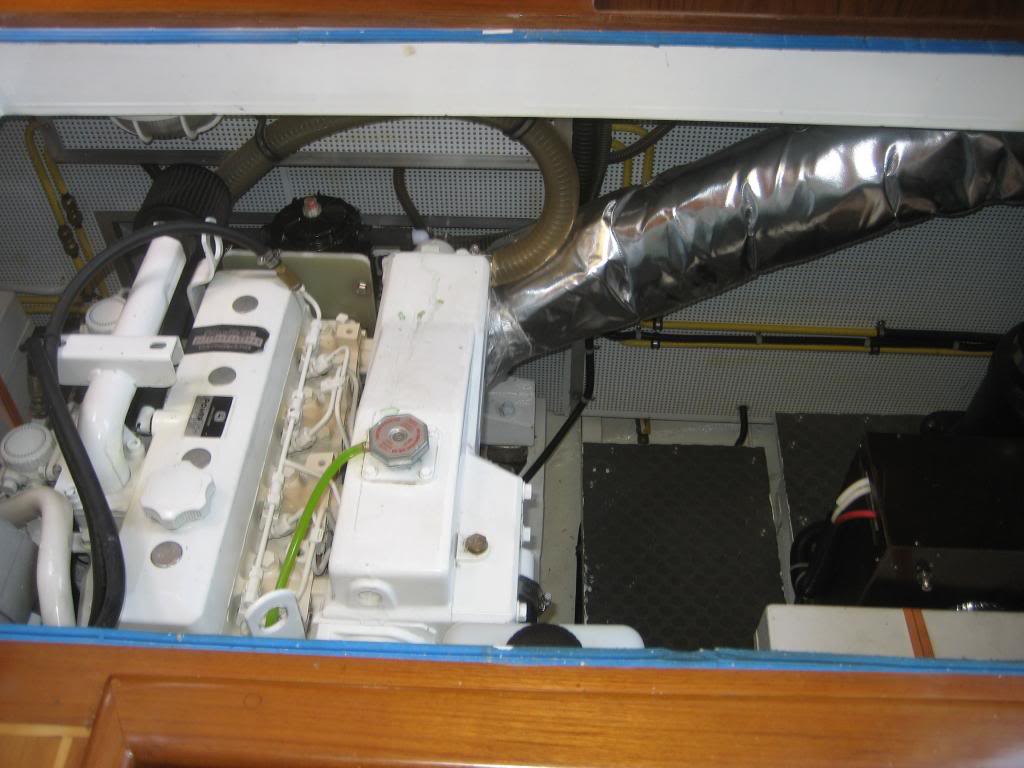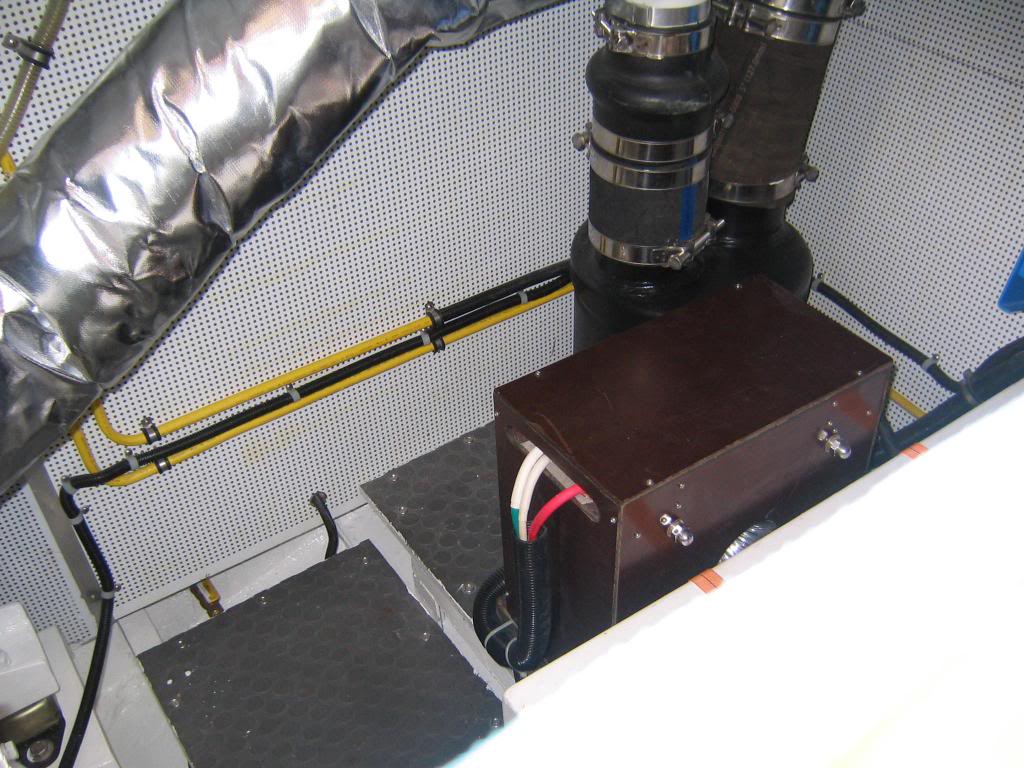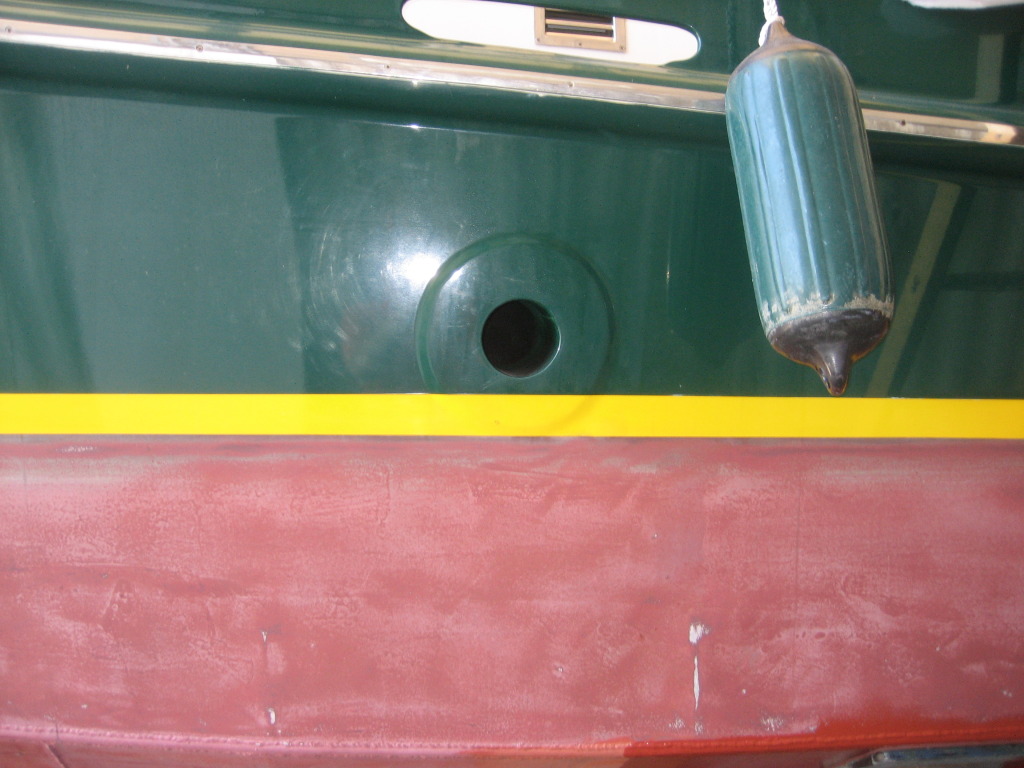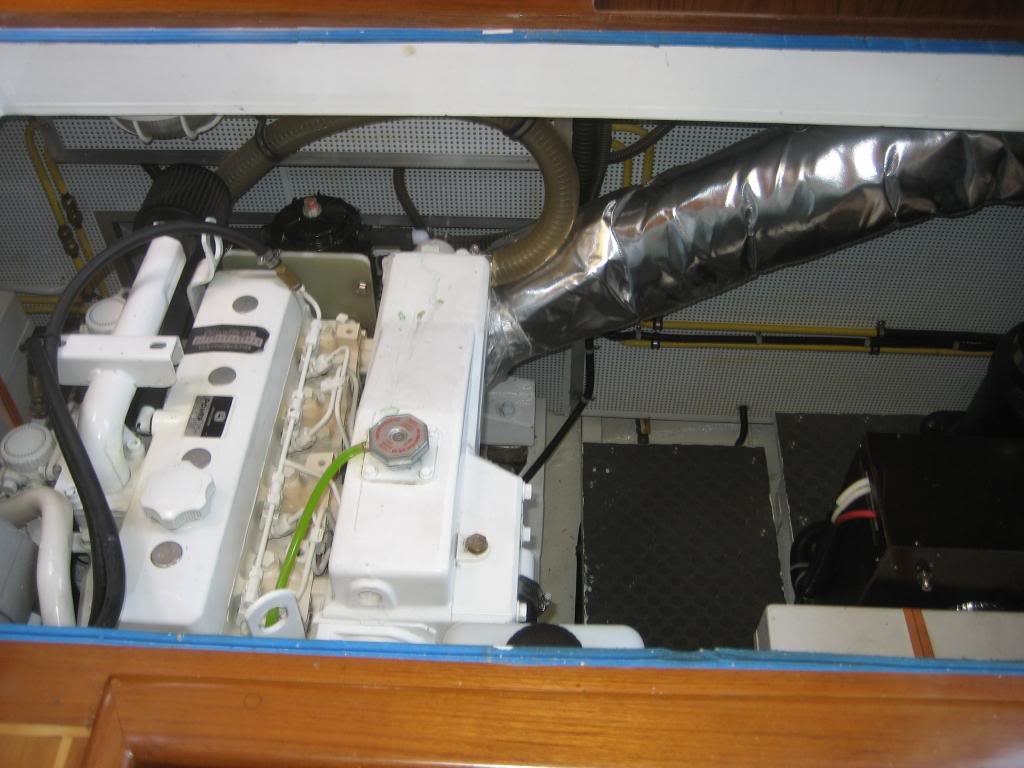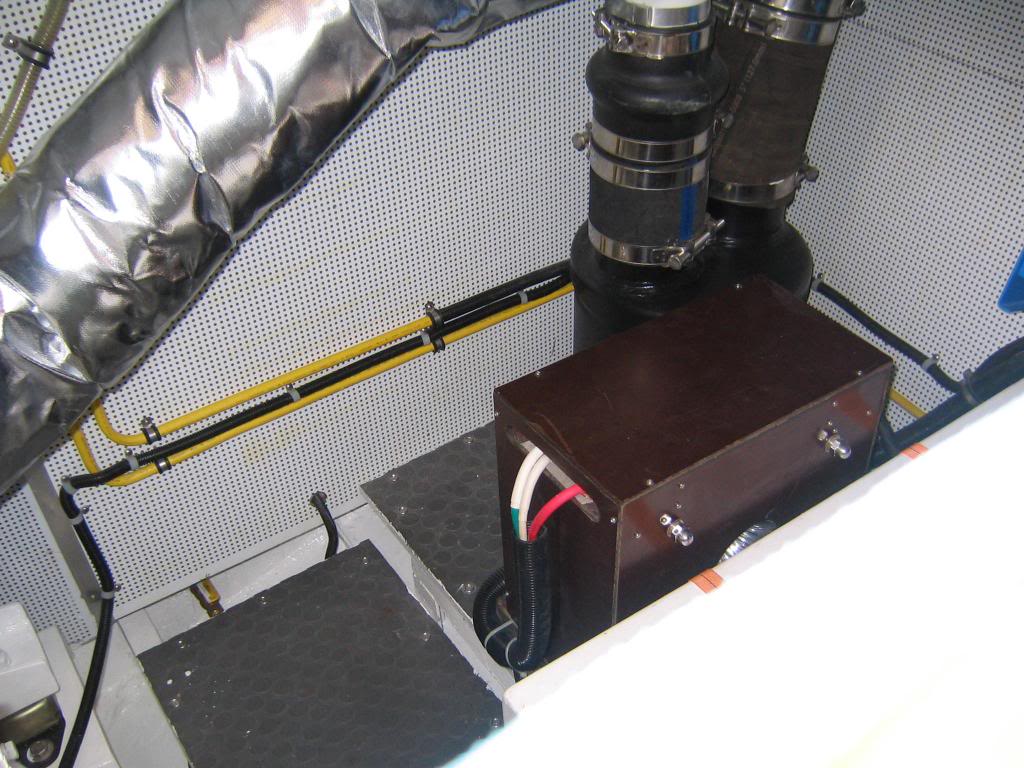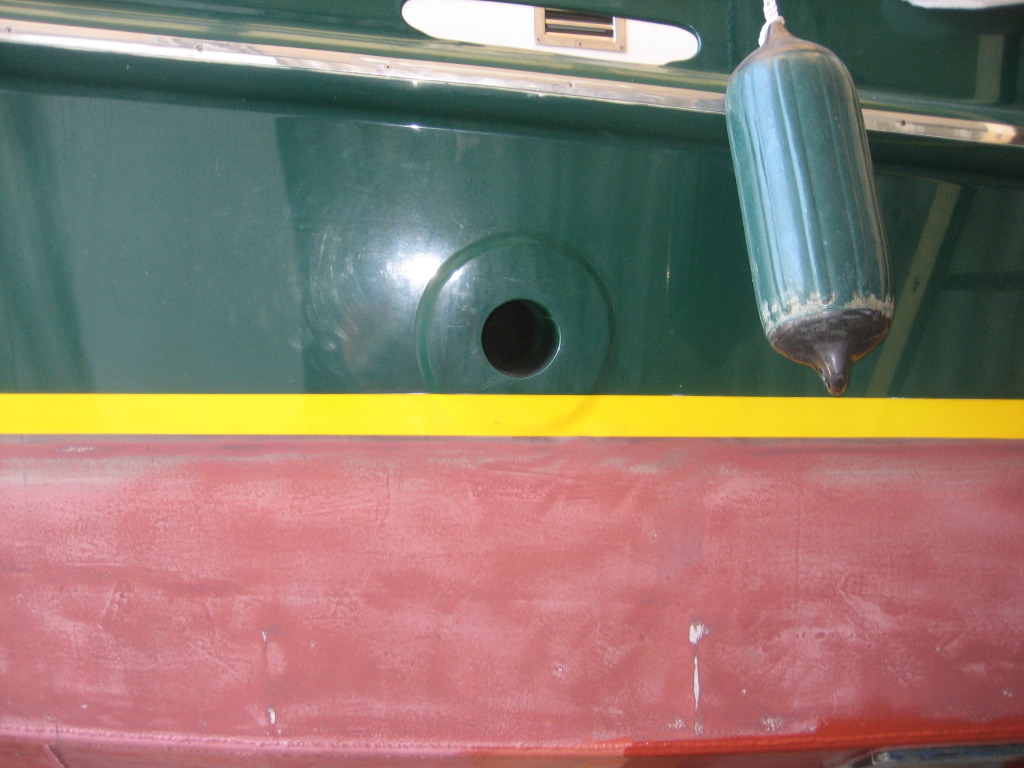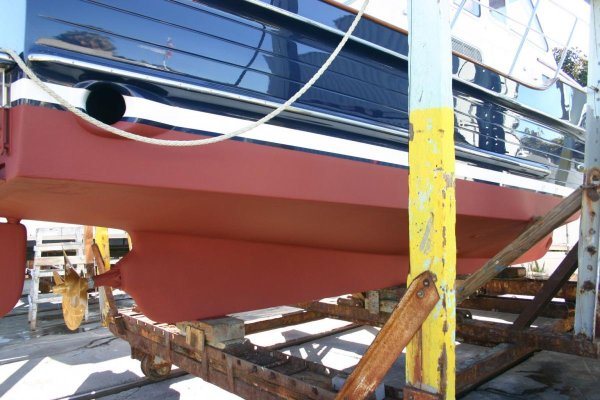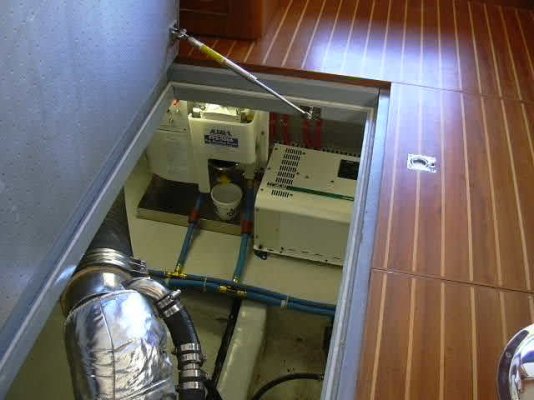KiwiExplorer
Member
- Joined
- Jun 8, 2013
- Messages
- 21
- Location
- New Zealand
- Vessel Name
- Whakata
- Vessel Make
- Steel 35ft custom
Hi all
My exhaust currently comes out under the duck board aft, the fumes tend to suck into the cabin, I am moving it to the port side about 1 m forward of the transom.
I have 2 questions?
1. should the new outlet be under, waterline center or above the water line?
2. The exhaust has a 300+ mm rise above the water line inside, will a rubber flap be enough on the side to stop swells washing up the pipe?
any and all advice would be appreciated
Thanks
My exhaust currently comes out under the duck board aft, the fumes tend to suck into the cabin, I am moving it to the port side about 1 m forward of the transom.
I have 2 questions?
1. should the new outlet be under, waterline center or above the water line?
2. The exhaust has a 300+ mm rise above the water line inside, will a rubber flap be enough on the side to stop swells washing up the pipe?
any and all advice would be appreciated
Thanks

